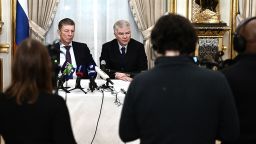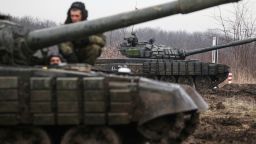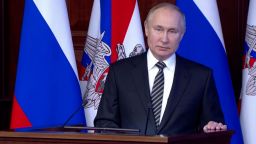The Ukraine crisis is the classic case of a known unknown: We know that we don’t know what Russian President Vladimir Putin intends to do as he amasses troops on the Ukrainian border.
So how imminent is the threat of a full-scale war? Some fears appear to have receded slightly following key talks that included Russian and Ukrainian officials. But the Pentagon also says the Russian troop buildup continues, and President Joe Biden told his Ukrainian counterpart Volodymyr Zelensky on a call Thursday that there was a distinct possibility Russia could launch an invasion in February, according to National Security Council Spokesperson Emily Horne.
Zelensky, however, restated his position that the threat from Russia remains “dangerous but ambiguous,” and it is not certain that an attack will take place, a senior Ukrainian official told CNN. Diplomatic efforts to defuse the crisis continue.
Taking that into account, here’s a look at how soon an invasion could happen and what it might look like.
How imminent is the threat of war really?
Analysts say Russia has a menu of options to attack at any moment it chooses, from shock-and-awe style air strikes to a ground invasion along a broad front. But while it has moved large amounts of military equipment into place in areas bordering Ukraine, not all the personnel needed for a ground operation are ready.
“At the moment, Russia has a lot of equipment pre-positioned along with its own border with Ukraine,” said Janes, a global agency for open-source defense intelligence. “(This) reduces the amount of time it requires for them to fill that area with more forces if they decide to fight because all of their heavy equipment’s there.”
Troops can be deployed in less than 72 hours, the agency said, since they need only be sent from their bases by plane or train across the country.
Russia is also in the process of deploying “quite a sizable formation” in Belarus from its Eastern Military District (EMD), which extends from Russia’s Pacific Coast to Siberia, Janes said. This formation, which Janes first detected moving west early this month, appears to include troops, logistics and communications resources as well as military equipment.
Russia has said the force is there for a Russian-Belarusian training exercise. But according to Janes, the troops “are essentially deploying as close to ready to go as you can be.”
Judging by what has been pre-positioned on Russian soil near Ukraine’s border, it considers Russia would require “maybe a maximum of two weeks of intense movement to bring all of the pieces into position” if it were to launch an invasion.
Whether Russia would want to put large numbers of boots on the ground remains unclear, particularly given the risk of casualties.
“The important thing to realize is that (Russia) is quite wary of what it calls contact warfare,” that is, forces fighting each on the ground, said Sam Cranny-Evans, a research analyst with the UK-based Royal United Services Institute (RUSI). “We’ve seen (this) in Chechnya, in Afghanistan, in Georgia and its covert deployments to Ukraine, that military losses actually do generate political pressure.”
Russia could instead opt to use its very long-range intelligence, surveillance and reconnaissance assets to target critical national infrastructure within Ukraine, such as military bases or even power plants and bridges, Cranny-Evans said. “The goal is to either stop a contact conflict from emerging or shape the battlefield so that when one does emerge, it’s much more favorable to the Russian forces,” he said.
US intelligence findings in December estimated that Russia could begin a military offensive in Ukraine “as soon as early 2022.” Since then, US officials have stuck to that line.
However, Ukrainian officials say the latest military intelligence suggests Russian forces are not yet prepared to stage a full-blown invasion into the country.
Speaking to CNN on Tuesday, a source close to the Ukrainian leadership said defense and intelligence chiefs were analyzing satellite images of Russian forces “from US and other western agencies” on an hourly basis, but were not yet seeing Russia “getting into combat mode, or positioning themselves to attack.”
Ukrainian intelligence assesses that the threat from Russia is “dangerous, but not imminent,” the source told CNN, and that if any Russian order to attack were given it would still take one to two weeks for Russian forces near the border to be ready.
Ukraine’s Foreign Minister Dmytro Kuleba struck a similar note Wednesday, saying Russian troops could attack Ukraine at any time, as had been the case since 2014, but that its forces were not yet fully assembled. “We can say 100 times a day invasion is imminent, but this doesn’t change the situation on the ground,” he said.
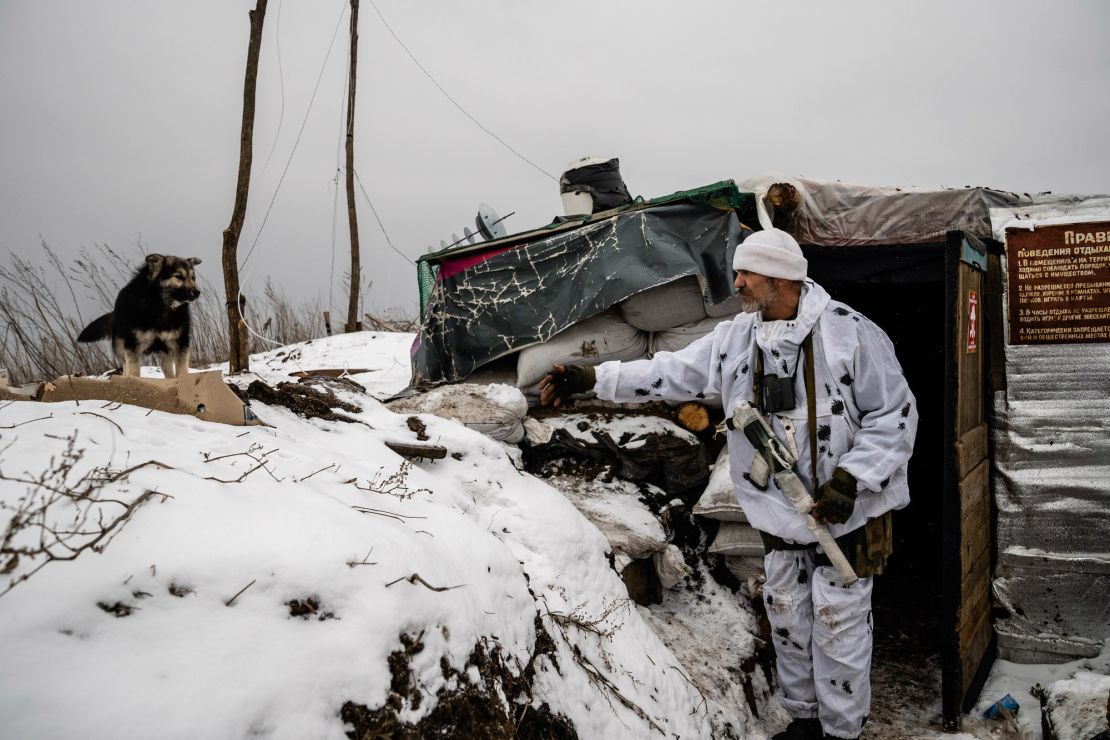
“In terms of timelines, what we’ve seen up until now has been very overt signaling of the intention for the ability to invade Ukraine,” said Cranny-Evans. But the Russians are “taking their time” to get the final pieces into place in order to leave space for conversations which might allow them to achieve their political goals, such as installing a pro-Kremlin or even neutral leader in Kiev, without having to fight, he suggested.
If it does come to an invasion, he considers that Russia could move the necessary troops into place in the space of 72 hours. “It’s the forces that Russia already has in the Southern Military District on the borders with Ukraine that would probably take on the first bit of fighting,” Cranny-Evans said.
The Kremlin denies it is planning to attack and argues that it is NATO’s support for Ukraine – including increased weapons supplies and military training – that constitutes a growing threat on Russia’s western flank.
What else could influence the timeline for a potential invasion?
There may also be non-geopolitical factors to take into account, such as the weather and the upcoming Winter Olympics in Beijing.
If Putin orders his forces to invade, some analysts have speculated it would come before the spring thaw. “The best time to do it is winter because it’s going to be a mechanized advance and the mechanized divisions need hard frozen ground,” journalist and author Tim Marshall told CNN.
However, Cranny-Evans does not believe the weather would play a major role in any decision to invade.
“Russia has quite a long history of just fighting when it suits Russia. There’s no real indication that it’s bothered by mud,” he said, adding that Russian forces are experienced in operating on this terrain. “Armored fighting vehicles, particularly tracked ones, have generally very good mobility even on very soft soil, and it would have to be extremely degraded before they couldn’t move on it at all.” Ukraine has a pretty good road system, he added.
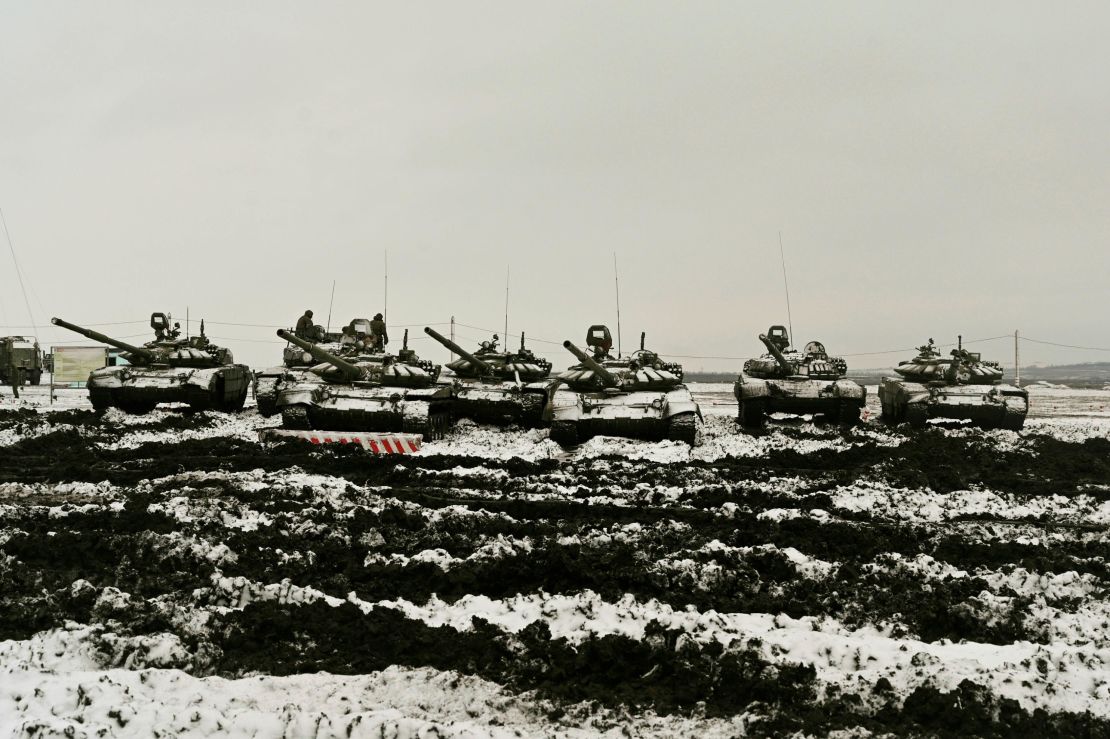
US Deputy Secretary of State Wendy Sherman suggested this week that the Winter Olympics beginning next week in China could influence Russia’s thinking. Putin plans to be there when the Games kick off and Chinese President Xi Jinping “would not be ecstatic if Putin chose that moment to invade Ukraine,” Sherman said.
Sherman added that she suspects that “even the people around” Putin don’t know what he will do with regards to Ukraine, but that the US sees “every indication that he is going to use military force, sometime perhaps now and (up to the) middle of February.”
A Chinese Foreign Ministry spokesman noted on January 14 that United Nations members had adopted an Olympic Truce resolution which urges countries to “cease hostilities from seven days before the start of the Olympic Games until seven days after the end of the Paralympic Games.” That period would extend from January 28 to March 20.
What would an invasion look like?
It’s hard to predict – but recent history may give some clues. Russia has, after all, already invaded Ukrainian soil twice in the past decade.
When Moscow annexed Ukraine’s Crimean peninsula in 2014 it did so on the pretext that it was defending its interests and those of Russian speakers. First, thousands of special-operations troops, dubbed “little green men” and later acknowledged by Moscow to be Russian soldiers, poured into the southern peninsula. Then, within days, Russia completed its annexation in a referendum that was slammed by Ukraine and most of the world as illegitimate.
Shortly afterwards, pro-Russian separatists in Ukraine’s eastern Donetsk and Luhansk regions, known as the Donbas, declared their independence from Kiev, prompting months of heavy fighting. Russia’s de facto invasion of the Donbas region ended in 2015, when a ceasefire was signed, but Russia still props up the separatist movement there.
CNN global affairs analyst Michael Bociurkiw, a former spokesman for the Organization for Security and Co-operation in Europe, said this week he believed Putin might choose to invade through the Donbas because he “knows he will get away with it.” The area – heavily damaged in places by shelling – is wrongly regarded by some in the West as “a territory that is dispensable,” Bociurkiw said.
“Putin has been giving out hundreds of thousands of Russian passports to pro-Russian residents of the Donbas – now he has an even further pretext to go in and say they need to be protected,” he said.
At its most minor, Russian action could involve “normalizing” the country’s grip on the Donbas region by sending in Russian troops to lock down their control of the area, or even to slightly widen its buffer zone against the rest of Ukraine, said CNN’s International Security Editor Nick Paton Walsh.
Other analysts suggest that a narrow land corridor along the Azov Sea, through the southern Ukrainian city of Mariupol, could be easily achieved through an amphibious landing on the Azov Sea coast, said Paton Walsh – although such a corridor would be hard to defend.
Another option that’s been mooted is a wider invasion of the country, Paton Walsh added, but this would be costly for Russia in terms of Russian lives and Western sanctions.
Kuleba said Wednesday that his country was focused on “every scenario,” not just the threat of military invasion.
“We see a scenario of destabilization of Ukraine and that scenario is imminent, it’s already taking place – by spreading panic, by putting pressure on Ukraine’s financial system, by conducting cyber attacks against Ukraine,” the minister said.
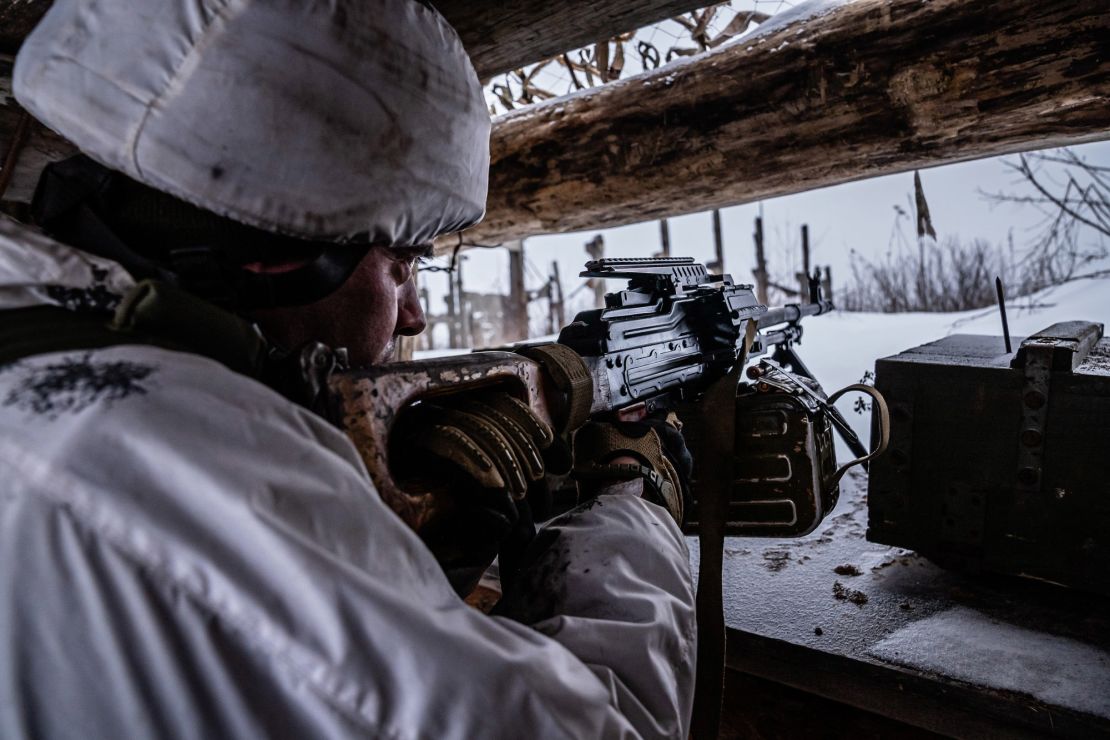
What forces does Russia have in place?
According to a Ukrainian Defense Ministry intelligence assessment shared with CNN last week, Russia had more than 106,000 ground personnel near Ukraine’s borders, with another 21,000 or so air and naval personnel on hand.
The assessment also said Russia supports more than 35,000 rebels in eastern Ukraine and has about 3,000 of its own military personnel based in rebel territory. Moscow denies having any forces in eastern Ukraine.
“Russia’s armed forces appear to have entered their highest level of activity and movement since the autumn-winter build-up began in late October,” said an analysis from Janes released Tuesday.
“Evidence indicates activity from all of Russia’s major regional commands, and Moscow has also signaled that it will move a large number of surface vessels, including six landing ship tanks (LSTs), a cruiser, and a destroyer, into the Mediterranean Sea, where they could easily continue into the Black Sea.”
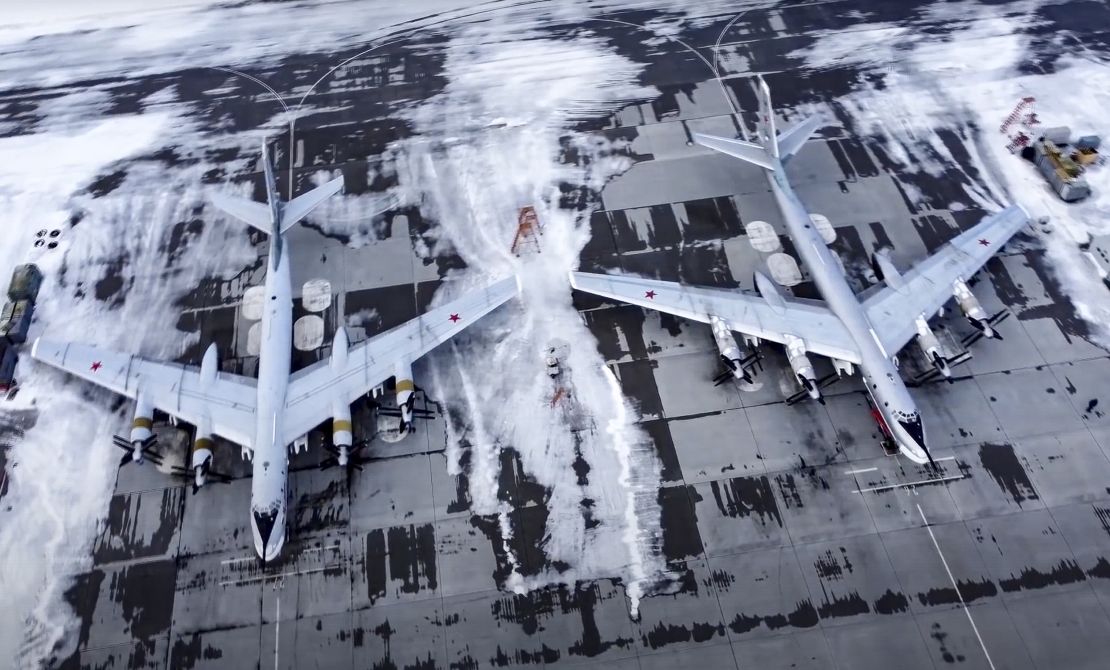
According to Janes, the force deployed into Belarus from Russia’s Eastern Military District is equipped with at least two Iskander-M battalions – the Iskander being a road-wheeled cruise missile launcher system – as well as long-range BM-27 multiple rocket launchers, and a large number of main battle tanks.
Russia’s Ministry of Defense has also announced the deployment of 12 Su-35S fighter jets, two battalions of S-400 air-defense systems, and a Pantsir-S air-defense battalion to Belarus as part of military exercises there, the analysis said.
Having forces in Belarus helps Russia greatly “because it forces the Ukrainians to defend another several hundred kilometers of border,” whether the Russians decide to invade or not, according to Janes. It could also allow the Russians to expand the geographic reach of their radars and electronic warfare systems and bolster their air defenses.
“Units from the Central, Southern, and Western Military Districts appear to be deploying additional equipment, including tanks, artillery, and communications systems, to established sites near the Ukrainian border,” the Janes analysis added.
What is Ukraine’s military capability?
Ukraine insists that its forces are well prepared. Western allies, including the United States and United Kingdom, have stepped up their provision of military training, equipment and supplies to Ukraine as tensions with Russia have risen.
An adviser to Ukraine’s President Zelensky told CNN on Wednesday that the US was now providing “an unprecedented level of support” to Ukraine, both military and diplomatic.
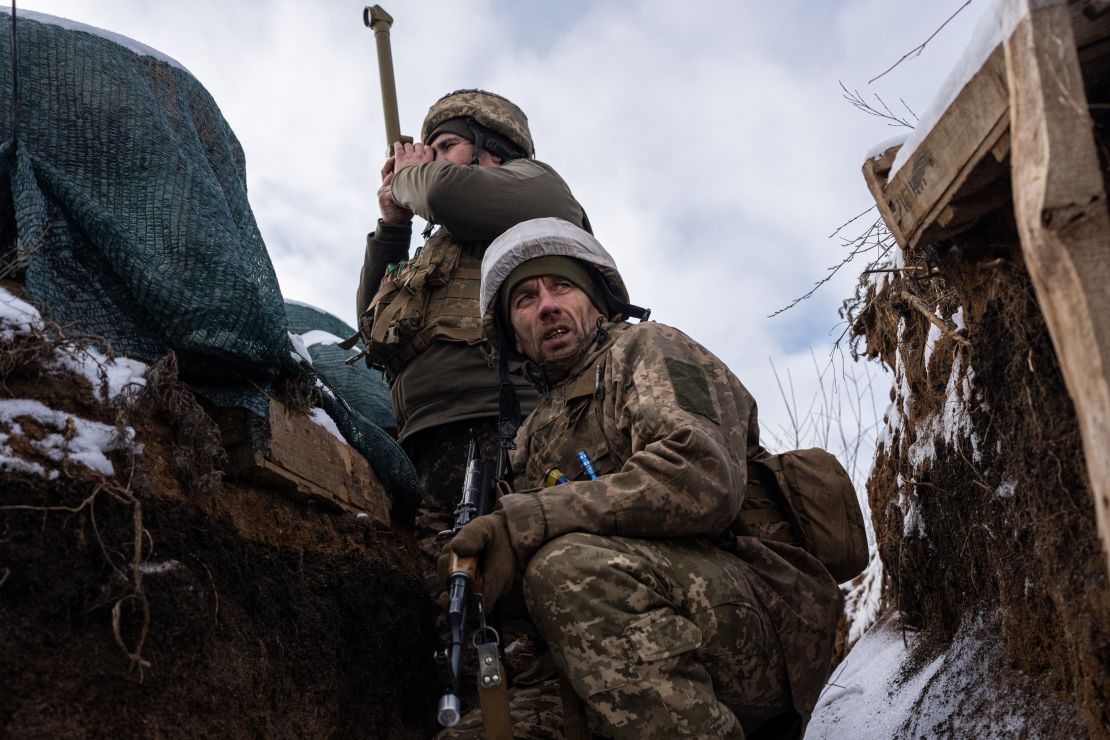
“Our army is very well prepared. And you have a population which is very well motivated,” Ukraine’s Ambassador to Japan Sergiy Korsunsky said this week.
Meanwhile, Zelensky has repeatedly urged Ukrainians to remain calm and not panic.
According to Cranny-Evans, Ukraine’s armed forces are in a much better place than they were in 2014 and 2015, when their state of readiness was very low.
“Ukrainian armed forces have really pushed hard for their modernization, they’ve done what they’ve can with the domestic industry to improve their capabilities and harden their defenses,” he said. “But ultimately, a lot of what they have achieved is tactical in nature. The way in which the Russians fight is very much a level above that.”
While nobody really thinks the Ukrainians could stop the Russians, “they’ve definitely raised the potential costs for the Russian forces,” Cranny-Evans added.
“They have the means to really potentially drag Russia into quite a bloody conflict. It’s just whether or not Russia can achieve its goals without having to do that.”
The ball, at the moment, remains in Putin’s court, as the Kremlin leader mulls over written responses by both the United States and NATO to Russia’s security demands. As Fiona Hill, who served as the National Security Council’s point person on Russia in the Trump administration recently observed in a New York Times op-ed, Putin has a knack for manufacturing crises, and can stir up trouble elsewhere around the globe if he wants to further confound Western policymakers.
CNN’s Matthew Chance, Tim Lister, Clarissa Ward, Radina Gigova, Jennifer Hansler and Mayumi Maruyama contributed to this report.


